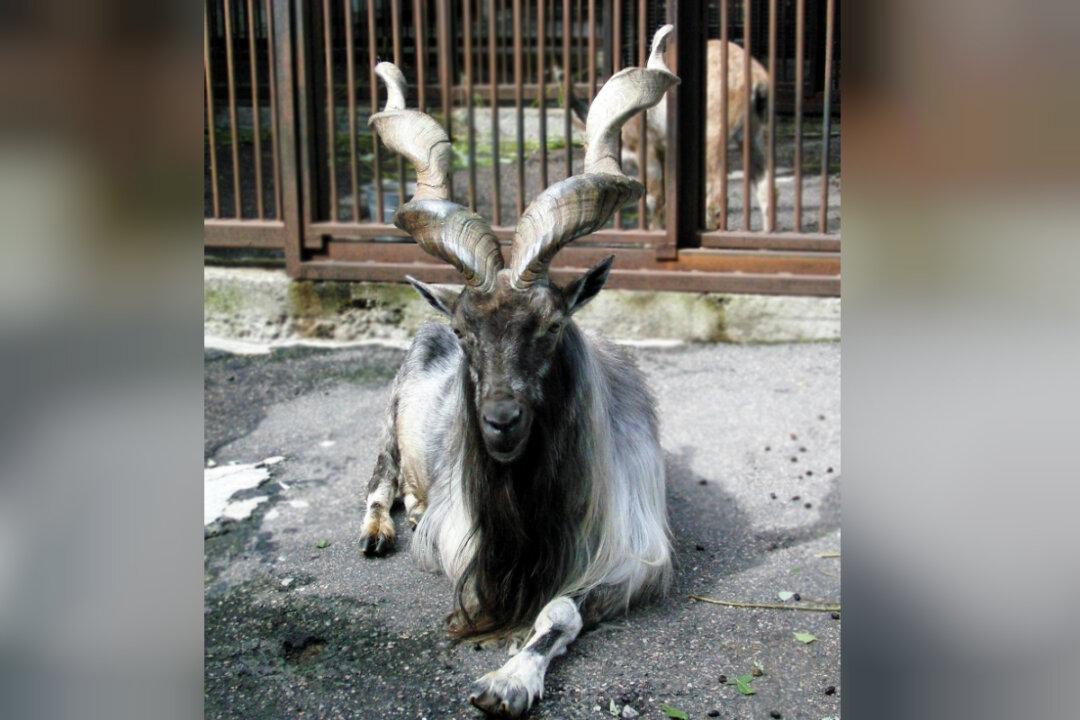A Texan trophy hunter forked out $110,000 to shoot the endangered screw-horned-goat—the highest ever price to bag one of the few thousand remaining animals in the mountains of Pakistan.
Every year, a handful of licences are granted to trophy hunters as part of a scheme which supporters say paradoxically helped saved the rare Astore markhor from extinction after its population dropped to just a few hundred.





